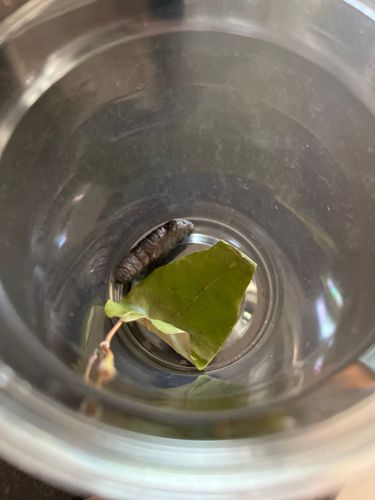Cutworm
Scientific Name: Agrotis ipsilon (or similar species within Noctuidae)
Order & Family: Lepidoptera, Noctuidae
Size: Larvae (caterpillars) typically range from 2.5 to 5 cm (1 to 2 inches) in length.

Natural Habitat
Gardens, agricultural fields, lawns, and disturbed areas. They typically live in the soil near the base of plants during the day.
Diet & Feeding
Primarily herbivorous, feeding on young plant stems and leaves, often severing them at the soil line (hence "cutworm"). They are generalist feeders and consume a wide variety of plants, including vegetables, grains, and turfgrass.
Behavior Patterns
Cutworms are nocturnal, feeding at night and burrowing into the soil or under debris during the day to avoid predators and heat. When disturbed, they often curl into a tight 'C' shape. They are the larval stage of moths, undergoing complete metamorphosis. The image shows a larva.
Risks & Benefits
Risks: Significant agricultural pests that can cause severe damage to crops, especially young seedlings, by cutting them off at the base. Benefits: As larvae, they can be a food source for birds, beneficial insects, and small mammals. Adult moths can act as pollinators to some extent, though their primary impact is as pests in their larval stage.
Identified on: 9/11/2025